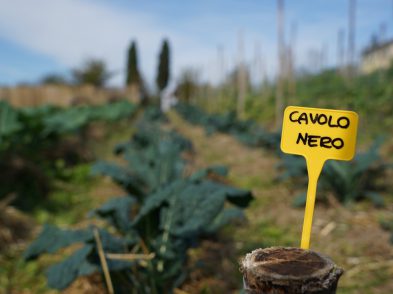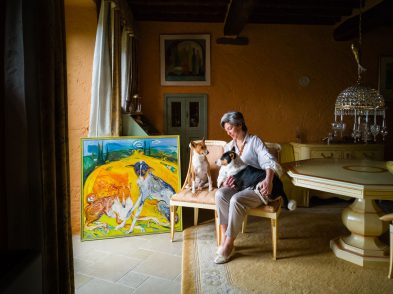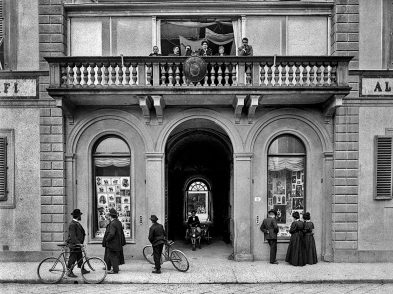In the late 19th century, part of the orientalising trend that overtook much of Europe was a ‘discovery’ of all things related to India. Through two expeditions led by figures connected to the current University of Florence (then called the Istituto di Studi Superiori di Firenze), the city gained a discreet collection of objects of everyday as well as ceremonial use. Closed for the past few decades, this area of the Ethno-anthropological museum has been dusted off and reopened for the summer of 2013, correlated with a series of India-related events.

Angelo de Gubernatis, professor of Sanskrit led an eight-month ‘peregrination,’ as he called it, in India, collecting objects along the way and publishing his observations when he got home, in 1886. That same year, he founded the so-called ‘Museo Indiano’ at the University, which was inaugurated in the presence of the then king and queen of Italy, Umberto and Margherita.
To the Gubernatis collection were later added daily-use objects collected by anthropologist Paolo Mantegazza, forming a single museological section that provides a kind of snapshot of India as seen by westerners in the 1880s.
We asked Guido Chelazzi, president of the museum, about the links between Florence and India. ‘Florence has always had a long history of connections to the Orient, especially to India, dating back to the Council of Florence [in 1434, which sought to unite the Eastern and Western Churches]. More recently, Florence’s university was the first to have a chair of Chinese and Japanese language, in the 1870s or 80s, so it is not so strange that an important collection of Indian items exists in Florence, and this explains our desire to reopen it at all costs.’

Speaking with curator Maria Gloria Roselli, she reminds us of the strong orientalizing trend in the 19th century, which included India, and which spread into art, design and interior decoration as well as into other aspects of life. ‘The museum is a confirmation of the image of India through time, a testimony of this image in the late 19th century. It permitted Florentines and other people of the time, who had limited opportunities to travel so far, to experience the beauty of the Indian peoples—the same goes for the collections dedicated to China and Japan. This was a cultural as well as economic opening to these areas, through travel and resulting economic exchange.’
With so many strong connections to Florence, the show is indeed deeply connected to Florence, despite apparently having little to do with Italian culture as we currently know it. ‘From a historic point of view,’ affirms Roselli, ‘this exhibit is interesting because it shows the way in which objects were collected and shown to Florentines, so it is a very Florentine show.’

Visitor information:
Museo di Storia Naturale
Sezione di Antropologia e Etnologia
Via del Proconsolo 12, Florence
Open Mon, Tues, Wed, Fri 10-13, 16-19 Sat & Sun 10-19 Closed Wednesday
Free
http://passaggioinindia.tumblr.com (in Italian)







